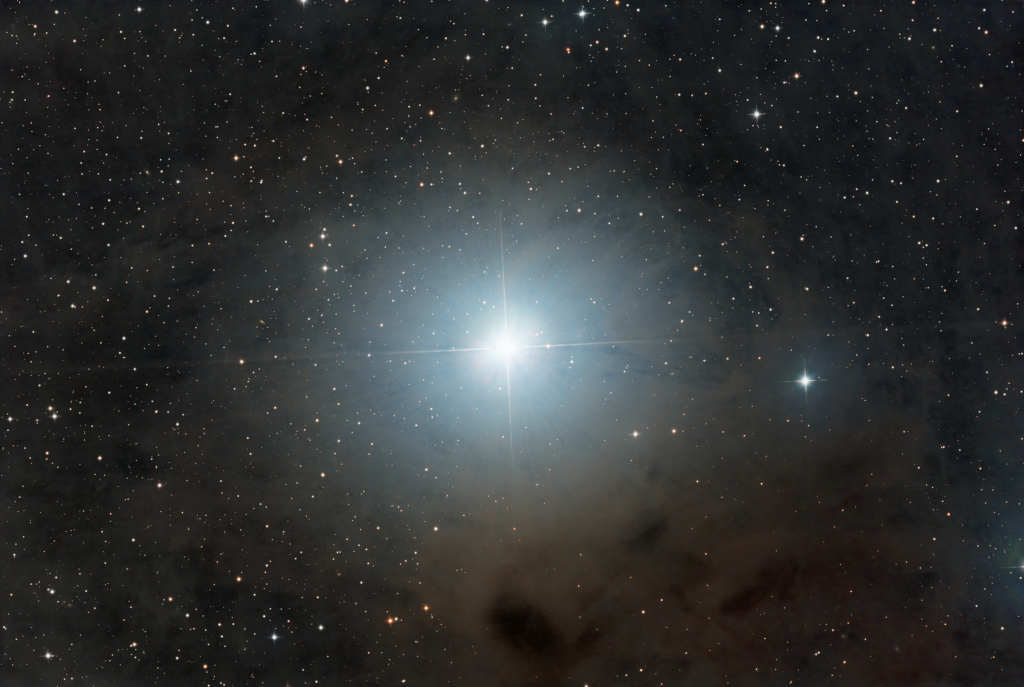毕宿一: 有行星的恒星
2024年1月26日 Epsilon Tauri: Star with Planet Image Credit & Copyright: Reg Pratt Explanation: Epsilon Tauri lies 146 light-years away. A K-type red giant star, epsilon Tau is cooler than the Sun, but with about 13 times the solar radius it has nearly 100 times the solar luminosity. A member of the […]



